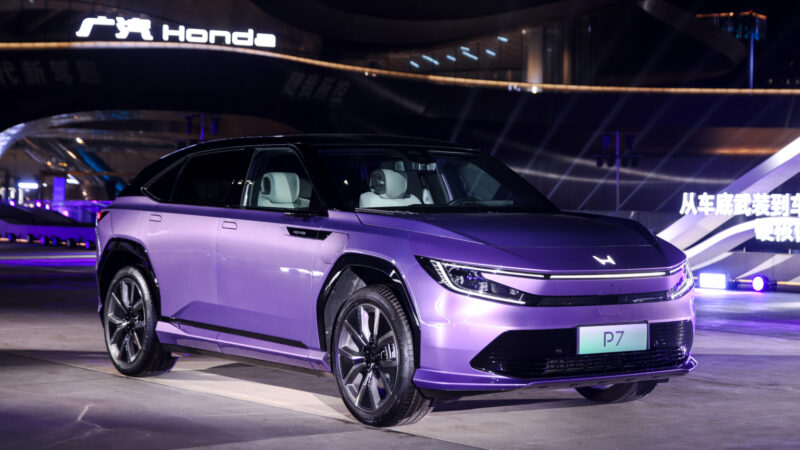GAC Honda P7 launched in China for 27,200 USD – forcing Dongfeng Honda to cut prices
The GAC Honda P7 electric crossover was launched in China for 199,900 yuan (27,200 USD). This market debut forced Dongfeng Honda to cut prices of the P7’s sister model, the Honda S7 SUV, by 60,000 yuan (8,160 USD). The Honda P7 adopts up to 650 km of CLTC range, and a peak power of 469 km.
Last year Honda introduced the new Ye brand for the Chinese market. Its planned model line initially comprised two crossovers: the Dongfeng-made S7, and the GAC-made P7. Later, Honda gave up on the Ye brand. As a result, the S7 and the P7 entered China with Honda badges only. The Dongfeng Honda S7 was launched in early March 2025. Its twin model GAC Honda P7 started sales a month later with a significantly lower price.
More on GAC Honda P7
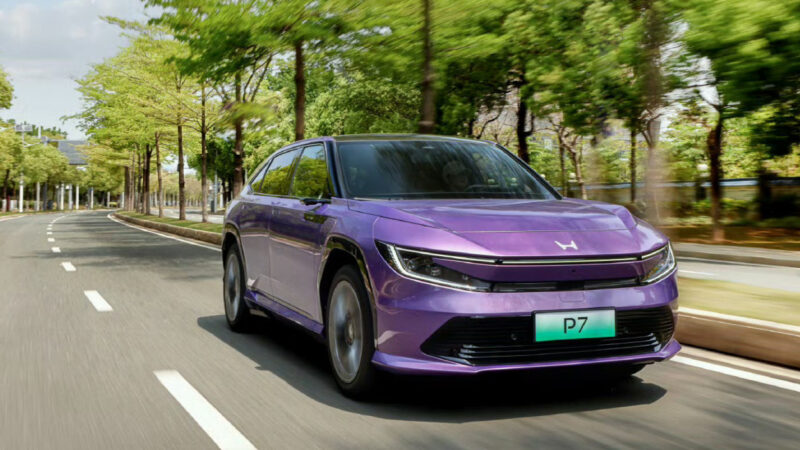
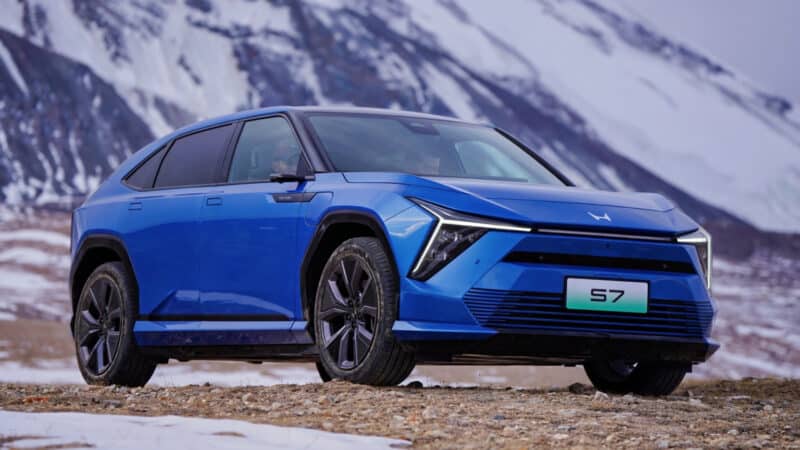
The GAC Honda P7’s outline stays in line with the Dongfeng Honda S7. It has the same curved roofline, retractable door handles, and cameras instead of side-view mirrors. However, the GAC model adopts unique headlights, taillights, and bumpers. It is worth mentioning that the Dongfeng Honda S7 looks more refined and appealing than the GAC model. The P7 crossover offers five body color options: purple, blue, silver, white, and black.
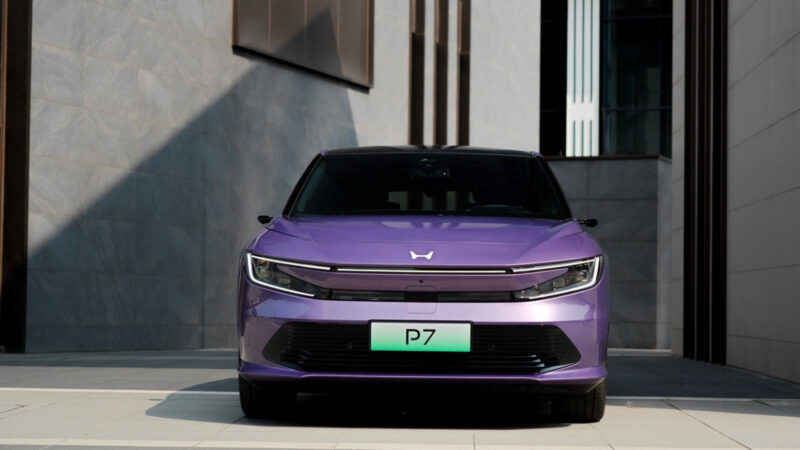
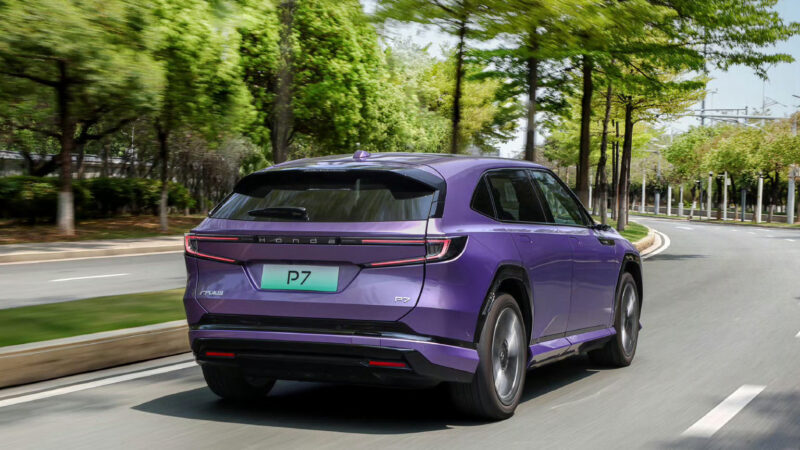
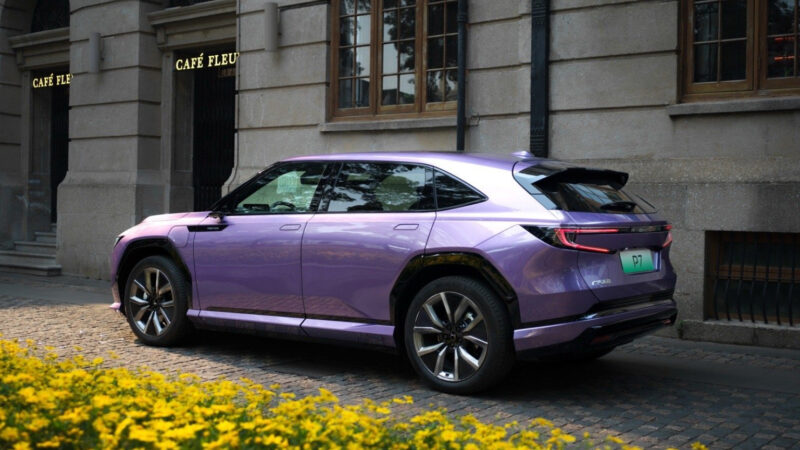
Dimensions of the GAC Honda S7 are in line with the Dongfeng model at 4750/1930/1625 mm with a wheelbase of 2930 mm. For comparison, it is 47 mm shorter than the updated Tesla Model Y. However, the wheelbase of the Honda’s EV is 40 mm longer. The Honda P7 adopts 19-inch wheels as standard. And the top-trim model adopts 21-inch rims.
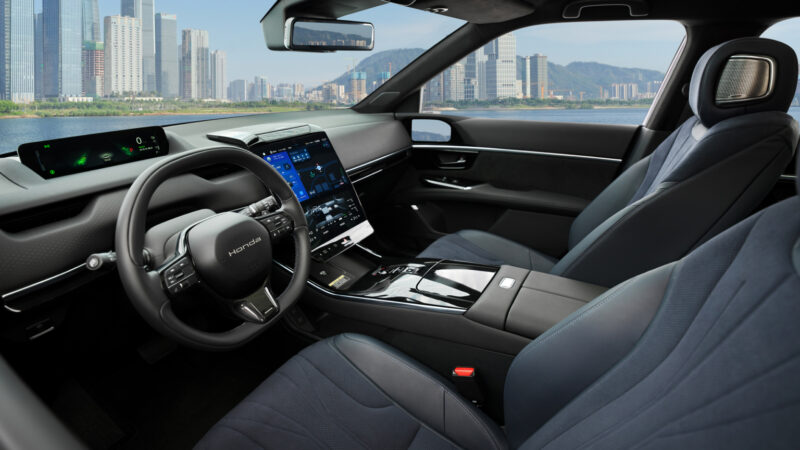
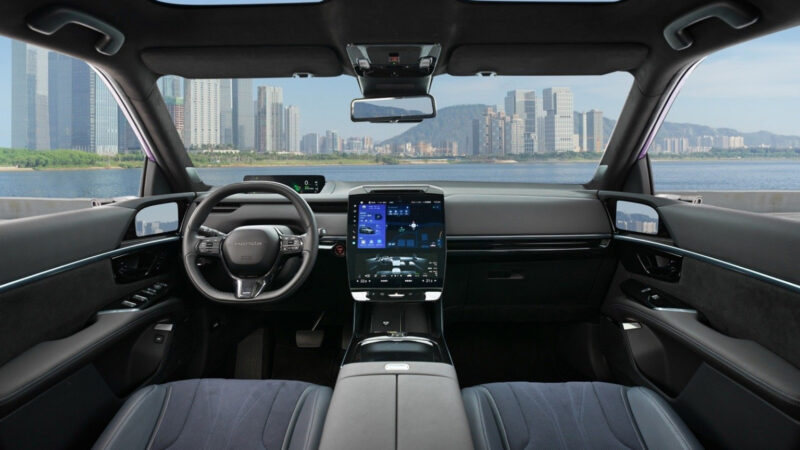
The interior of the GAC Honda S7 is also highly similar to the Dongfeng’s model. Its center console adopts a 9.9-inch LCD instrument panel. The center control screen comprises two monitors: 12.8 inches and 10.25 inches. Another feature of this crossover is a 41.9-inch augmented reality head-up display. The infotainment system of the Honda S7 supports Apple CarPlay, Baidu CarLife, and Huawei HiCar functions. The car features the Honda Sensing driving assistance system, and 16 Bose-branded speakers.
Powertrain and prices
The GAC Honda P7’s powertrain aligns with the previously launched Dongfeng Honda S7. The entry-level model has a single e-motor in the rear axle for 200 kW (268 hp) and 420 Nm of torque. It is powered by the ternary NMC battery pack with a capacity of 89.8 kWh. The CLTC range reaches 650 km.

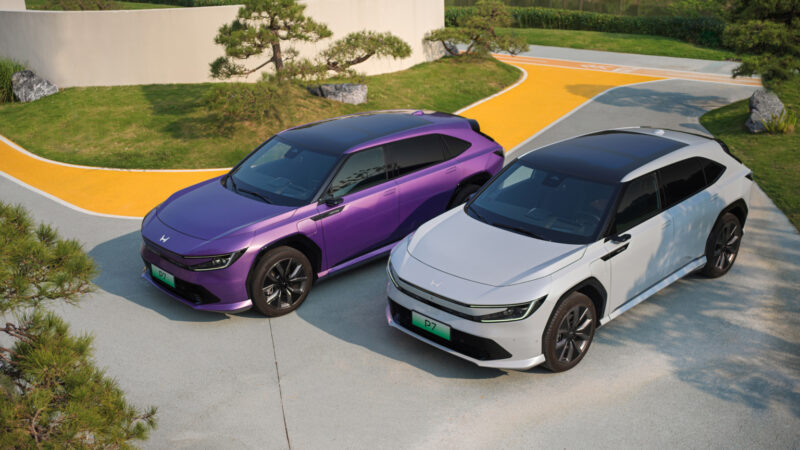
The AWD variant of the GAC Honda P7 offers a combined peak power of 350 kW (469 hp) and 770 Nm. The battery is the same with a capacity of 89.8 kWh. This modification speeds up to 100 km/h in 4.6 seconds. It can run up to 630 km under CLTC conditions.
The GAC Honda P7 has entered the market with an aggressive pricing strategy. The car’s price range is 199,900 – 249,900 yuan (27,200 – 34,010 USD). It appeared to be 60,000 yuan (8,160 USD) cheaper than the previously launched Dongfeng Honda S7, priced between 259,900 – 309,900 yuan (35,360 – 42,170 USD). So, the top-trim level of the same car with a slightly different styling from a different manufacturer had a lower sticker price than its entry-level sibling.
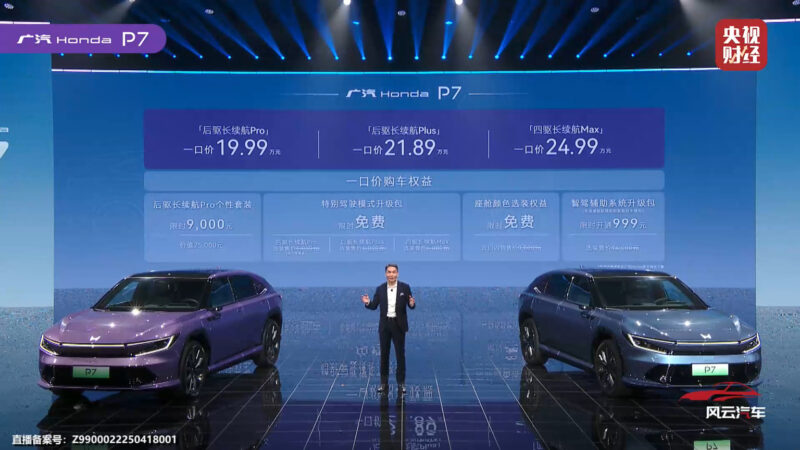
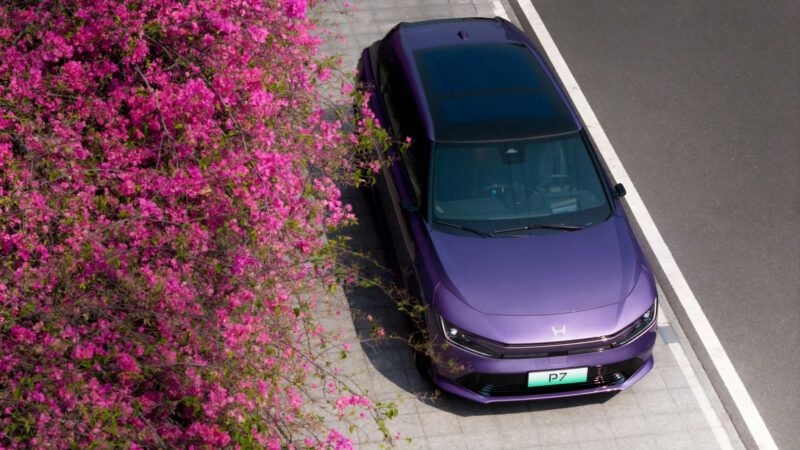
The GAC Honda P7’s launch was a sucker punch to the Dongfeng Honda division. The price of the GAC-made model indirectly revealed a large markup Dongfeng Honda had on its latest product. So, the latter JV immediately answered to these actions. Dongfeng Honda sliced the prices of the S7 crossover by 60,000 yuan to match the Honda P7. Moreover, the company launched a free package worth 27,388 yuan (3,727 USD). It includes five years of Honda Connect, unlimited internet, and a free smart driving package.
Editor’s comment
We see how internal competition between two divisions of the same Japanese brand has unfolded in China. In the context of Honda’s constantly declining sales in China, the company’s chosen tactic of launching sales of two similar products looks like a losing one from the start. The two models will mainly compete with each other for conservative customers. Other groups of buyers are likely to prefer products from Chinese brands such as Xpeng, Zeekr, or BYD.



